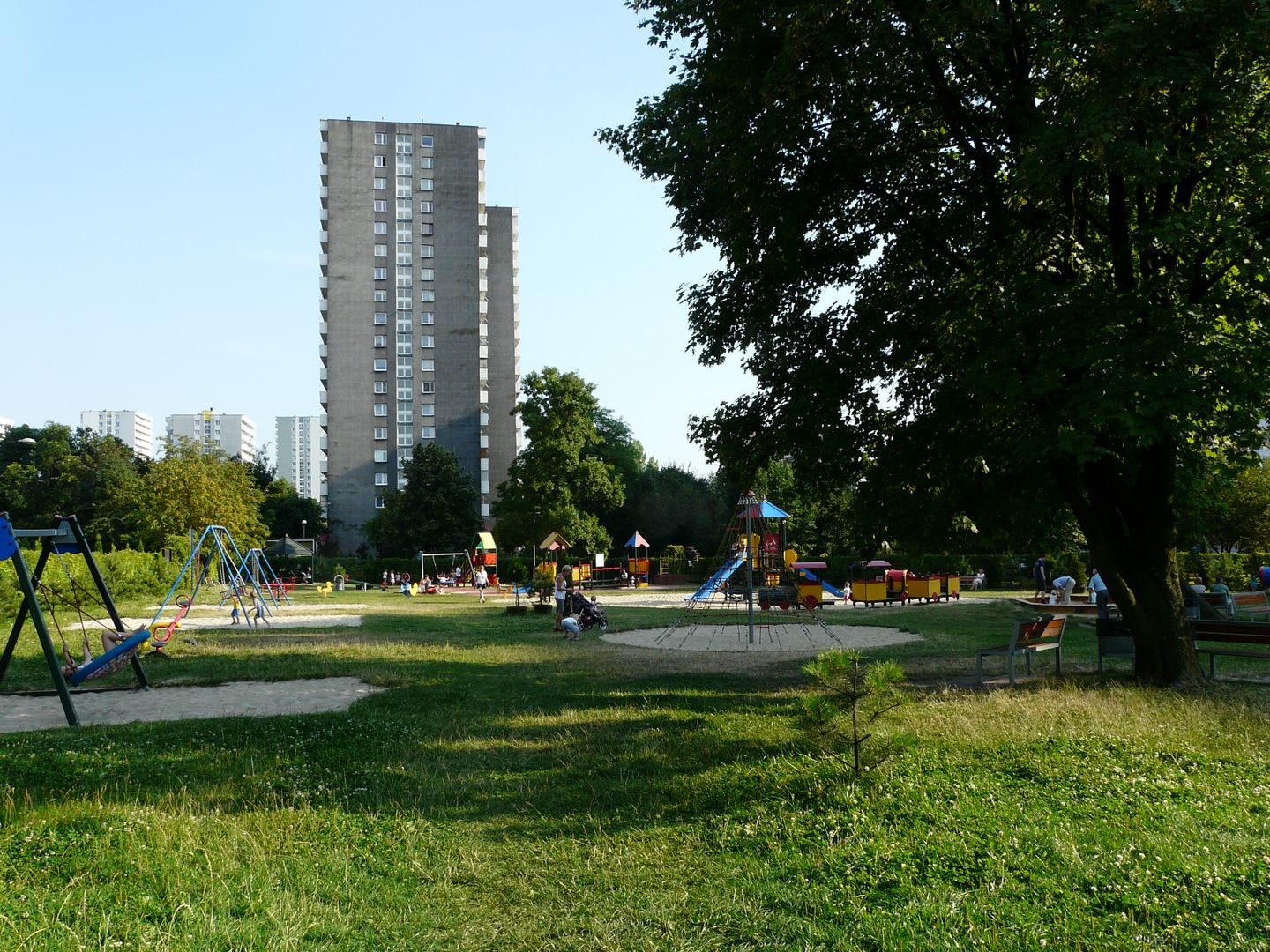Millennium Housing Estate
6.91

Overview
Tysiąclecie Estate, located in the northwestern part of Katowice, is an icon of 1960s architecture, designed by Henryk Buszko, Aleksander Franta, Marian Dziewoński, and Tadeusz Szewczyk. Built between 1961 and 1982, the estate was intended to house 30,000 residents and is characterized by its high-rise apartment blocks, among which the "Kukurydze" (Corncobs) stand out as the tallest buildings in Katowice. Despite intensive urbanization, the estate is surrounded by greenery and enriched with ponds and recreational areas, creating favorable living conditions. An important cultural hub is the Spółdzielczy Ośrodek Kultury (Cooperative Cultural Center), which enables residents to develop artistic and sports passions. The estate is also home to two Catholic parishes, reflecting the region's dominant Catholicism.
The history of the estate dates back to the 17th century, when the colony of Sośnina existed in the area now known as Dolne Tysiąclecie. Before its construction, the area was dominated by farmland and agricultural settlements, and the decision to build the new estate coincided with the spatial needs of the Upper Silesian Industrial Region during the Polish People's Republic era. The estate gained fame due to its excellent transport links with the region, including the diametral route and tram lines, making it an integral part of the metropolis.
It is worth noting that the initial plans envisioned mostly low-rise buildings, but the final architecture focused on high-rise blocks. Tysiąclecie Estate differs from typical multi-family housing developments, offering innovative spatial solutions aimed at improving the quality of life and comfort of its residents. A historical tidbit is that the 2006 film *Czeka na nas świat* (The World Awaits Us) was filmed here, drawing attention to this unique space. Today, Tysiąclecie Estate not only reflects a rich history but also becomes a site for modern residential investments, maintaining a balance between tradition and modernity.
Location
Tickets
Powered by GetYourGuide
2025 Wizytor | All Rights Reserved